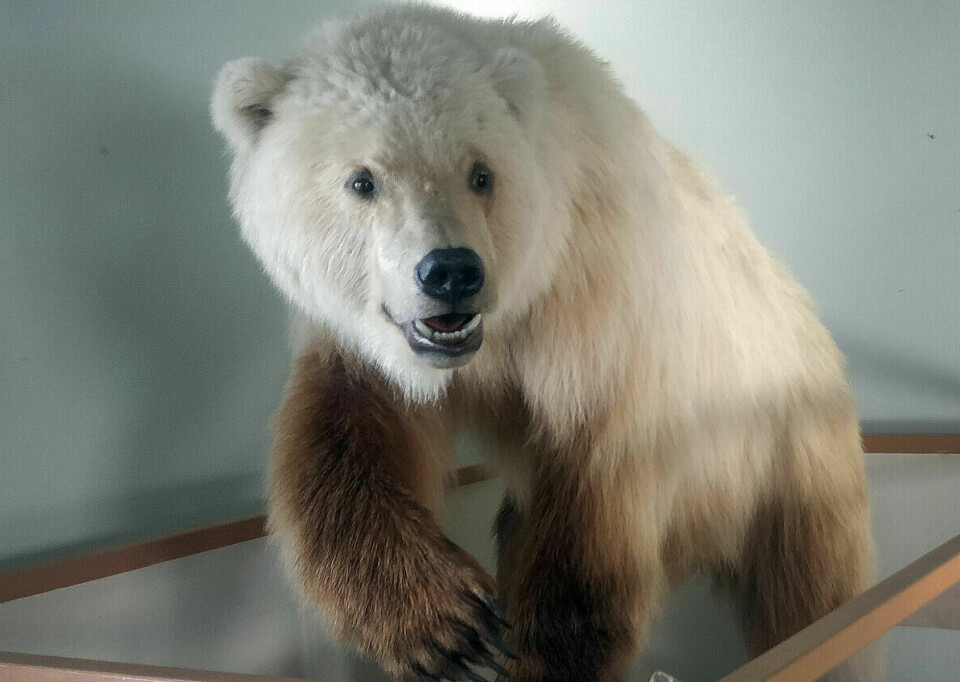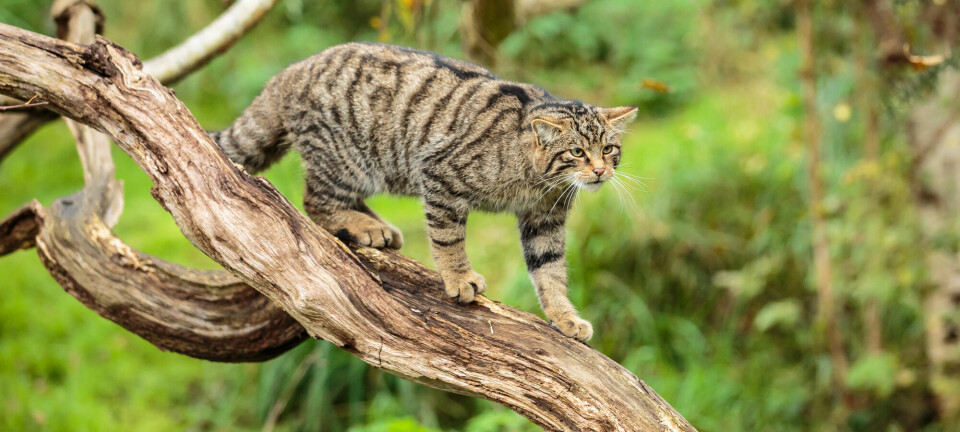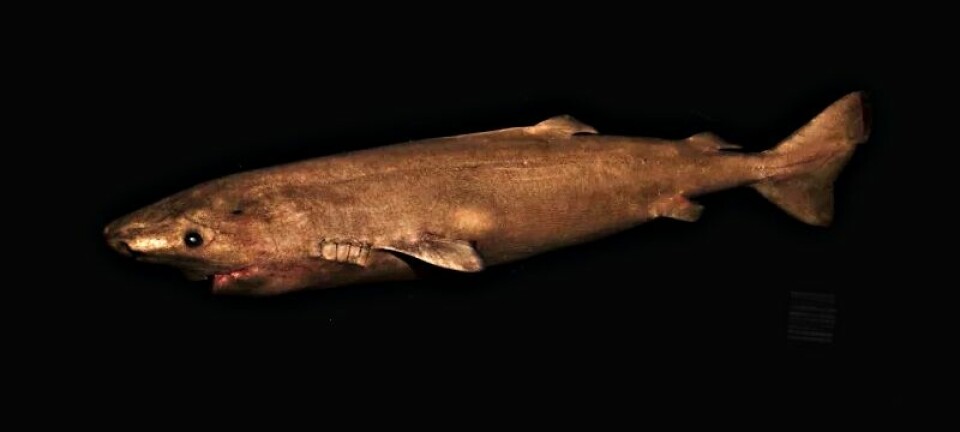
Is this the bear of the future?
Climate changes are forcing polar bears and brown bears together.
As the sea ice melts, polar bears are forced to migrate inland, encountering new sources of food and other bear species in the process.
Adapting to this new environment is challenging for polar bears, accustomed to a diet rich in fat from seals, now facing a drastically different diet that includes blueberries.
But what about the beige-coloured hybrid bears that result from these unions?
Born from an ice-dwelling mother and a land-roaming father, could they potentially evolve into a superior type of bear?
Finding their way back to each other
“Polar bears and brown bears are very similar. It’s not so strange that they mate and have offspring,” says Jon Aars from the Norwegian Polar Institute.
The divergence of these species occurred when a brown bear decided to take a gamble and ventured onto an ice flow.
This event could have happened between 250,000 to 300,000 years ago, according to the WWF (link in Norwegian).

“The bear settled out there on the ice and decided to stay,” he says.
New camouflage
Life on the ice led to new fur.
“Some brown bears naturally have lighter fur,” says Glenn-Peter Sætre, who researches evolution.
It was easier for them to sneak up on their prey.
“They got food more easily and survived. So, the offspring inherited the light fur,” he says.
The bears got lighter with each generation until all were white.
Seal meat vs. blueberries
The transition was not limited to fur colour.
“Life on the ice and on land require completely different characteristics,” says Aars.
The polar bear has developed webbed feet and sharper teeth.
The neck has become longer so it can reach down into holes in the ice in search of seals.

“Their digestive system is also specialised for processing seal meat efficiently. In contrast, brown bears gain more energy from consuming blueberries,” he says.
The worst of both worlds
As the sea ice recedes, polar bears are compelled to venture inland.
“It's a complex transition,” says Aars.
“Could the offspring of grolar and pizzly bears offer a solution?”
“While there has been considerable speculation, the likelihood is slim,” Aars says.
These hybrids inherit characteristics that are less advantageous for survival on land and in water.
“Unfortunately, they get the worst of both worlds,” he says.
It is much easier for a seal to see a beige bear sneaking up on it.
“And then there will be no food,” he says.
There have been several hybrid bears through the ages, but they have usually not survived.
“It probably won’t be the case now either,” the researcher says.
———
Translated by Alette Bjordal Gjellesvik
Read the Norwegian version of this article on ung.forskning.no







































